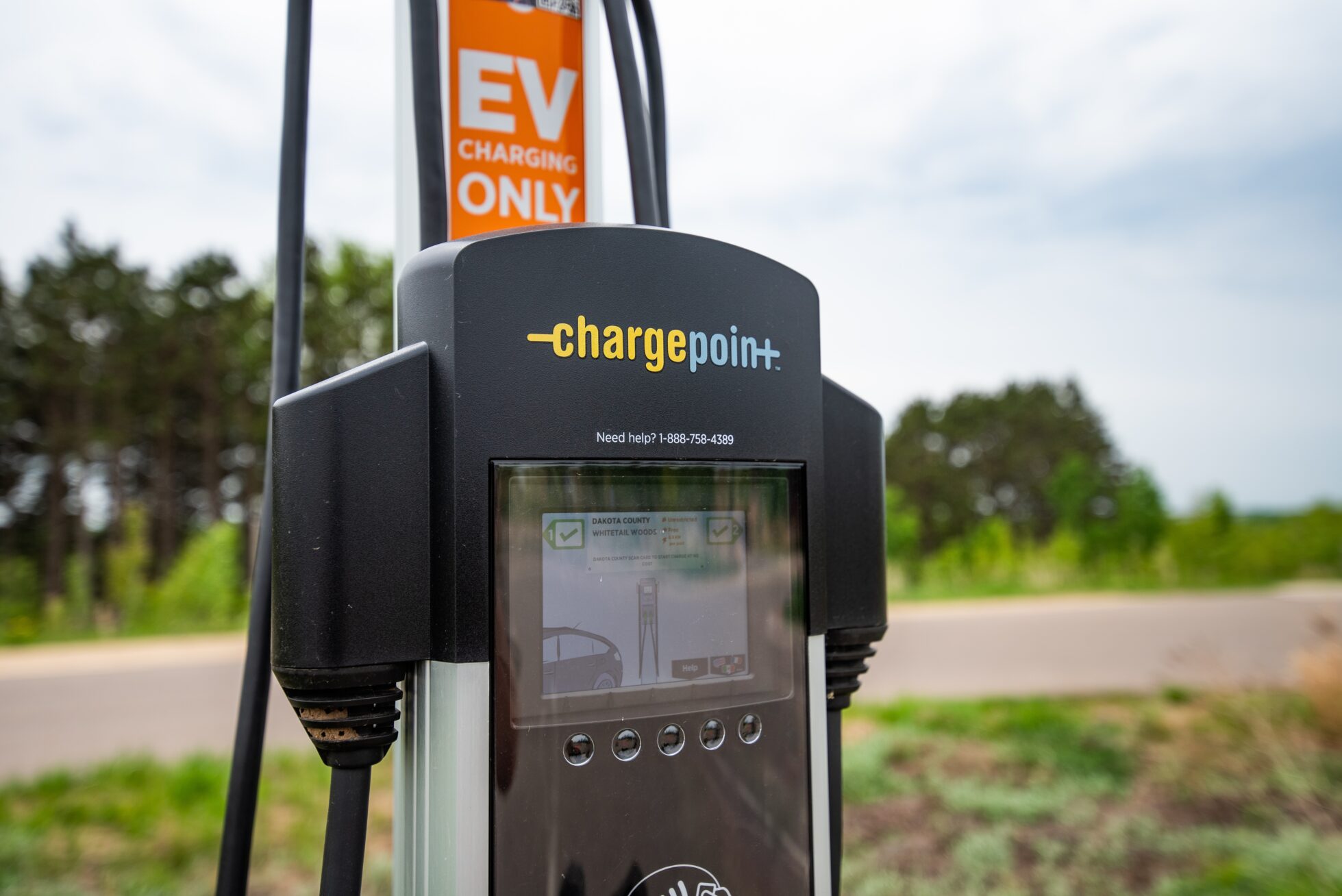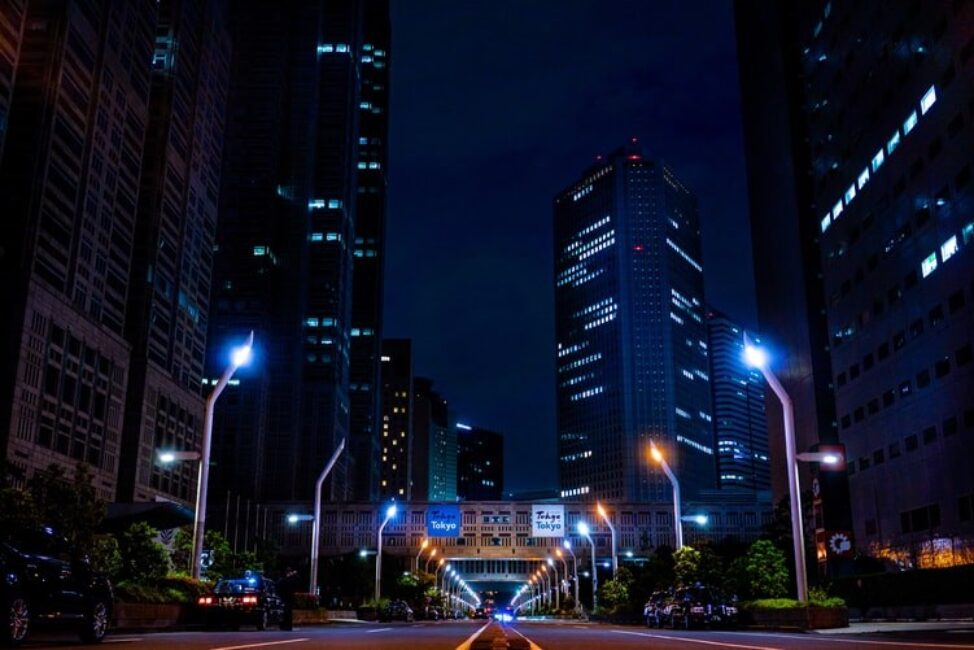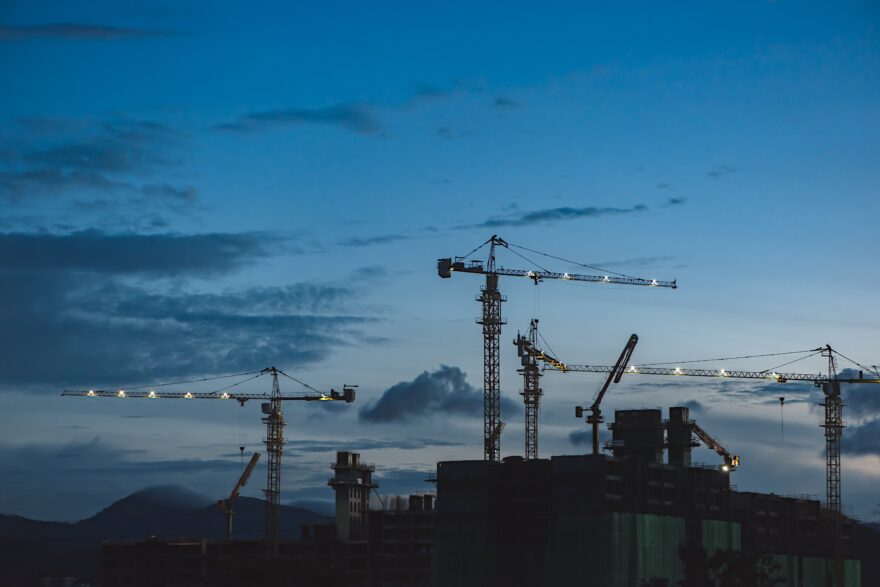Driving away from a car-dominated past to a built environment for the future

A report by University College London (UCL) has panned planners and engineers for allowing new housing developments to prioritise cars, while ignoring the needs of pedestrians and cyclists. Sustainability expert Dr Jose Hernandez, of Perfect Circle, discusses how it’s vital the construction industry works collaboratively with the public sector to ensure it’s designing a world fit for the future.
New developments are still too focused on accommodating cars. The report from UCL said nearly three quarters of the 142 developments surveyed should not have been given planning permission.
Its author, Professor Matthew Carmona, told BBC News: “Far too many new developments are still all about the car. It’s all about making sure cars don’t need to slow down. Pedestrians and cyclists just have to get out of the way.”
As Professor Carmona stated in the report, this approach is extremely dated and highlights how local authorities are still allowing our industry to build for the present, instead of ensuring the built environment is future-proofed.
The UK has already committed to reach a net zero carbon economy by 2050. A ban on the sale of new petrol, diesel and hybrid cars is being introduced in 2035, five years earlier than previously planned, to support this and help significantly improve air quality in towns and cities.
As we move towards a carbon neutral future, it’s vital that everyone involved in the built environment – whether that’s contractors, designers, planners or councillors – works collaboratively to create a sustainable infrastructure.
Our country desperately needs more homes, but these shouldn’t be delivered at the expense of good access to decarbonised public transport or local facilities. This short-sighted approach leads to car dependence, congestion, pollution and unhealthy lifestyles.
The government published its Manual for Streets in 2007, which explains how to design, construct, adopt and maintain new and existing residential developments. The manual, which is advisory, places great emphasis on encouraging developers to ensure that, as well as accommodating motor vehicles, streets meet the needs of pedestrians and cyclists. This advice reinforces UCL’s message.
Thirteen years have passed since the manual was produced and, as this latest report suggests, the recommendations that were laid out in the document haven’t necessarily been translated into the planning process. I would suggest that maybe it’s time to make these recommendations mandatory.

What can be done to inspire people to adopt eco-friendly lifestyles?
In order to encourage motorists to leave their cars at home and adopt a greener lifestyle, streets need to fulfil the needs of pedestrians, cyclists and public transport users. Although electric cars address carbon and air quality issues, they do not improve a person’s fitness levels.
Zebra crossings should be considered as they cause minimal delays for pedestrians. Vehicle speeds also need to be controlled in order for both walkers and cyclists to feel safe.
Cycle highways are also extremely beneficial to the environment. Their inclusion helps to increase the uptake of cycling because it makes the mode of transport safer. As a result, the wider community will experience less air pollution and congestion due to fewer cars being on the road.
An efficient and decarbonised public transport system is also important – not just to help people move around, but also to improve the quality of air we breathe and get more people off the roads.
Take Nottingham City Transport for example, which has the world’s largest fleet of environmentally friendly bio-gas buses – reducing CO2 emissions by up to 84% compared to an equivalent diesel double decker bus.
Increased use and further decarbonisation of shared modes of transportation – such as carpooling, buses, trains and coaches – will also play vital roles in Britain reaching its goal of carbon neutrality.
There are also city-wide ‘car share’ systems in certain places in the UK. For example, Guildford has its own car club, which allows people to borrow cars on a pay-as-you-go basis. And in London, Zipcar allows motorists to rent cars and vans by the minute, hour or day. It is envisaged that car ownership will decrease over the coming years.

Having the correct infrastructure in place – and assessing it
People may be aware of BREEAM, but BREAAM Communities, which assesses and helps design large communities and developments, however, is quite rarely used and it can be difficult to explain its benefits to clients.
However, the assessment method helps local authorities, developers and planners to create sustainable communities that are good for the environment and its people.
We, as an industry, need to make a more conscious effort to promote the community rating. We need to encourage decision makers to better understand the impact their choices have on the longer term environmental, social and economic aspects of a development.
The nation is already starting to experience more demand for electric cars. – In 2019, registrations of battery-only vehicles rose by 144% to 37,850 in the UK, according to the Driver and Vehicle Licencing Association (DVLA).
But the charging infrastructure to support this must be in place. While there are now more public places to charge electric cars than fuel stations in Britain, according to research by Nissan, installing charging points in new build housing developments should be included as a standard.
The emergence of smart cities is an encouraging development. Smart cities utilise the ‘Internet of Things’ to collect data and then use the insights gained to manage assets, resources and services efficiently. Such innovations have been adopted across the globe, as well as here in the UK – Milton Keynes being one example.
It means we can use this sophisticated technology to our advantage to start shaping cities that are better equipped to address today’s urban challenges. Just a reminder: technology is there to enable solutions and improvements; it is vital they solve existing problems and are not just used for technology sake.

The contribution the modern working world has on sustainability
Society’s digitalisation has significantly reduced the need for both long-distance travelling and commuting, with more people working remotely and the use of video conferences. This has been especially true recently with the coronavirus outbreak – forcing people to set up desk space in their homes, ditch their cars or season tickets, and embrace new ways of working.
When used correctly, these adaptations don't just help with work-life balances, employee retention and productivity – they also have positive environmental benefits. Less people will be subjected to their daily ‘commuting’ and our designs need to reflect this.
Obviously, all this needs to be driven by planning, and encouraged by the government and local authorities. While there may be some teething issues in the beginning as we work towards a more sustainable world, the long-term benefits for communities and our planet are far reaching and indeed needed.
Join the conversation on LinkedIn or Twitter. Or get in touch to find out more about how Perfect Circle can support you on your journey to carbon neutrality.

